Loading large machinery like tractors into dump trailers is a common task in agriculture, construction, and various heavy-duty applications. Proper loading ensures not only the safety of the operators and equipment but also maximizes the efficiency of transportation. In this detailed guide, we will walk you through the essential steps, tools, and best practices for loading a tractor into a dump trailer effectively.
Understanding Your Dump Trailer
Types of Dump Trailers
Before loading a tractor, it’s crucial to understand the type of dump trailer you possess. Dump trailers vary not only in size but also in design:
| Type | Description | Ideal Use |
|---|---|---|
| Gravity Dump | Uses gravity to unload materials by tilting the trailer bed. | Landscaping, aggregate hauling. |
| Hydraulic Dump | Employs hydraulic systems to raise the bed of the trailer. | Construction, demolition, big loads. |
| Scissor Lift Dump | Features a scissor lift mechanism for additional height. | High volume material transport. |

Trailer Specifications
Ensure that the specifications of your trailer align with the tractor’s dimensions and weight:
- Weight Capacity: Confirm the Gross Vehicle Weight Rating (GVWR) of the trailer.
- Bed Length: Measure to ensure the length of the trailer accommodates the tractor.
Preparing to Load
Safety Precautions
- Personal Protective Equipment (PPE): Always wear appropriate PPE such as gloves, hard hats, and steel-toed boots.
- Site Inspection: Evaluate the loading area for uneven terrain, obstacles, or hazards.
- Check Equipment: Ensure that both the tractor and trailer are in good working condition, checking brakes, lights, and hydraulic functions.
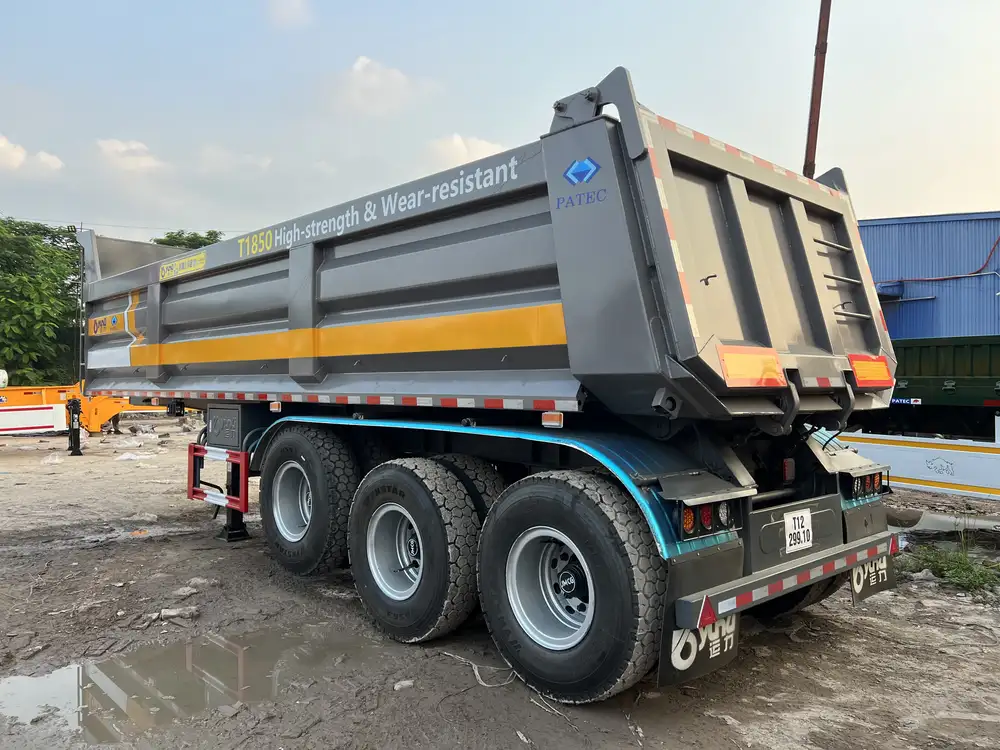
Tools You Will Need
- Loading Ramps: These should be robust enough to support the weight of the tractor.
- Winch: A heavy-duty winch can assist in pulling the tractor onto the trailer if necessary.
- Chocks: Wheel chocks will help prevent any accidental movement while loading.
Step-by-Step Loading Process
Step 1: Positioning the Dump Trailer
Place the trailer on a flat, stable surface close to the tractor. Ensure it is level to avoid any issues during loading. If possible, deploy the stabilizing legs to prevent movement.
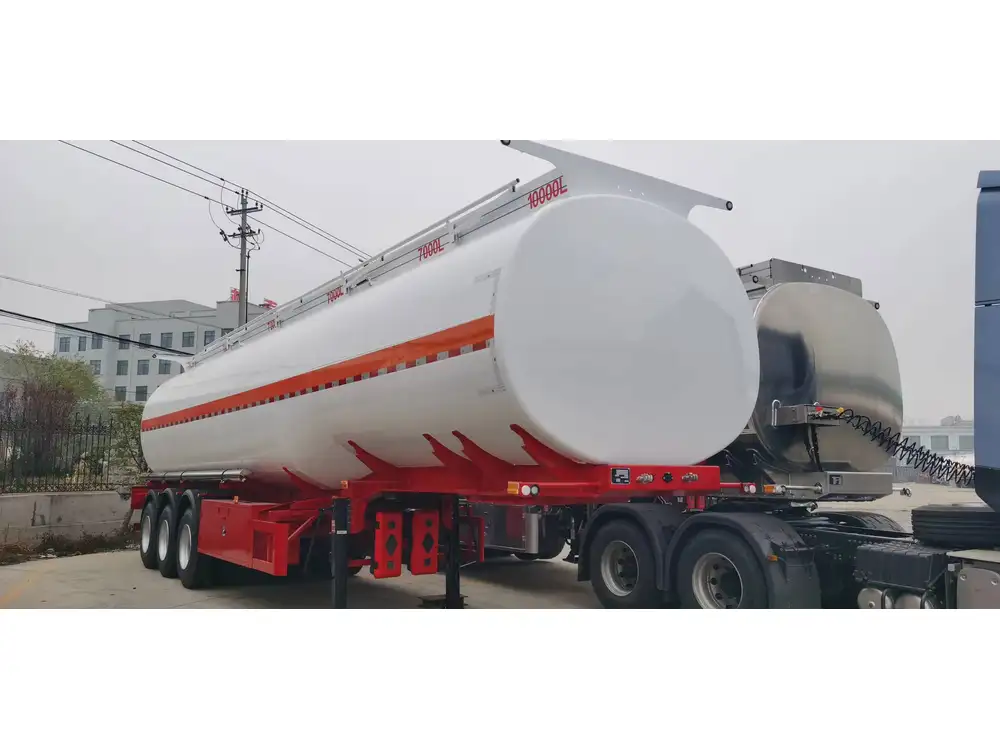
Step 2: Setting Up the Loading Ramps
Securely position the loading ramps at the back of the dump trailer:
- Align the Ramps: Ensure the ramps are straight and firmly placed against the trailer bed.
- Weight Distribution: Check that the ramps can evenly distribute the weight of the tractor.
Step 3: Driving the Tractor onto the Dump Trailer
- Start the Engine: Make sure the tractor’s engine is running smoothly.
- Engage Low Gear: This provides better control and reduces speed.
- Slowly Drive Up: Gradually drive the tractor up the loading ramps, maintaining control at all times.
- Tip: If the ramps flex or there is too much incline, stop and reassess.
Step 4: Securing the Load
Once the tractor is fully on the trailer:
- Engage the Brakes: Ensure the tractor is in gear and the brakes are engaged.
- Attach Straps: Use heavy-duty tie-down straps to secure the tractor to the trailer:
- Front Tie-downs: Attach straps from the tractor frame to the trailer.
- Back Tie-downs: Secure the rear to prevent any swaying during transport.
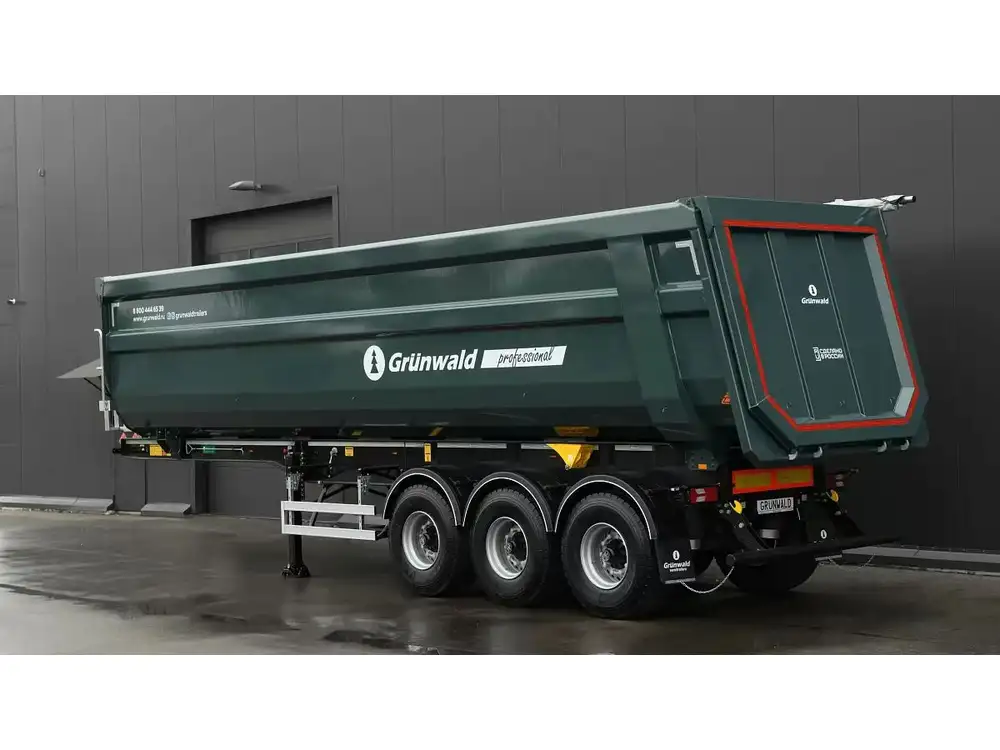
Step 5: Final Checks
Before hitting the road, conduct a thorough check:
- Re-check Weight Distribution: Ensure it is centered to prevent swaying.
- Inspect Tie-downs: Verify that all straps are tight and secure.
- Verify Lights and Signals: Ensure that any tail lights or signals are visible.
Common Problems and Solutions
Problem: Ramps Slipping During Loading
Solution: Use additional wheel chocks at the base of the ramps to secure them against sliding.
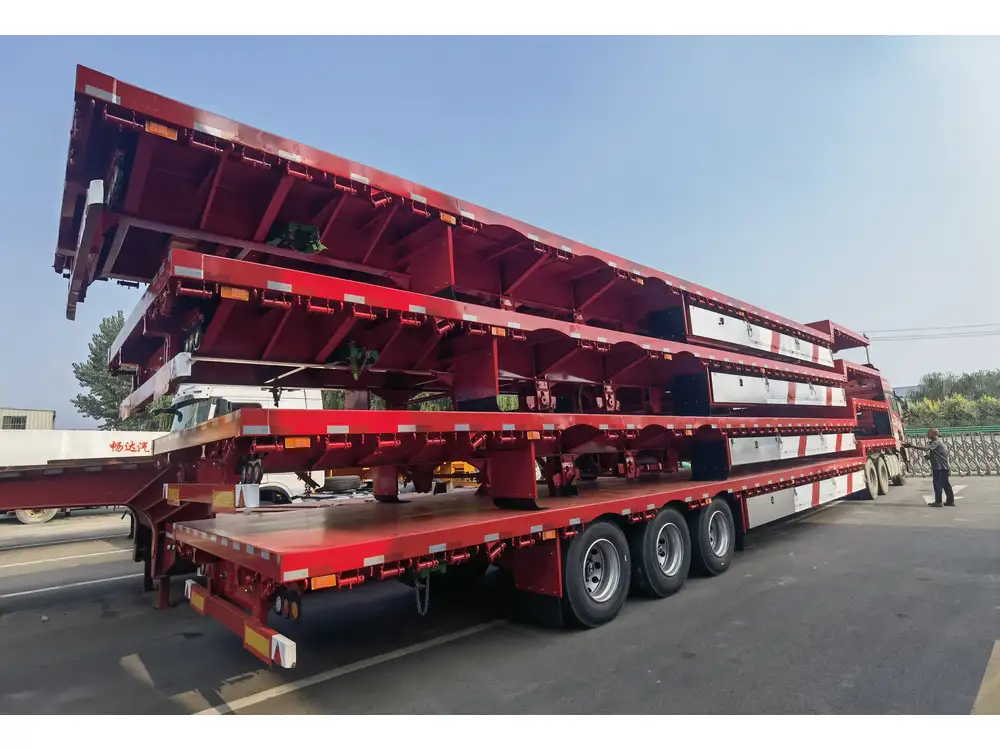
Problem: Tractor Doesn’t Fit
Solution: Measure the trailer’s width and height beforehand. If it doesn’t fit, consider using a larger trailer or a different trailer type.
Problem: Uneven Distribution of Weight
Solution: Adjust the tractor’s positioning. A properly balanced load should be distributed equally across the trailer.
Frequently Asked Questions (FAQs)
What is the best type of dump trailer for loading a tractor?
- A hydraulic dump trailer is generally preferred due to its versatility in height adjustment and material handling.
Can I load a tractor alone, or do I need assistance?
- While it’s possible to load a tractor alone, having a second person can significantly enhance safety and efficiency.
What if my tractor is too heavy for my trailer?
- Consider renting or purchasing a larger trailer that can accommodate the tractor’s weight and size.
Are there legal requirements for transporting heavy machinery?
- Yes, check your local regulations regarding weight limits, permits, and safety markings for transporting heavy machinery.
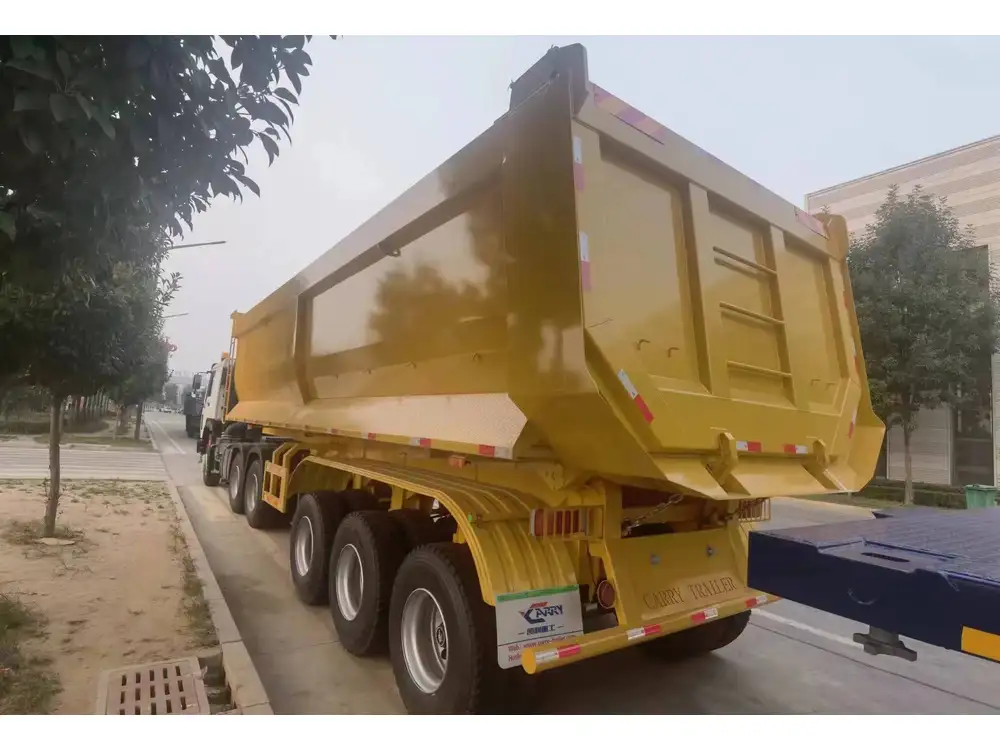
Conclusion
Loading a tractor into a dump trailer may initially seem like a daunting task, but with the right preparation, tools, and techniques, it can be executed safely and efficiently. Always prioritize safety, adhere to best practices, and choose the appropriate equipment to ensure a successful loading experience.
As we continue to enhance our loading strategies and expand our understanding of dump trailer capacities and configurations, we invite you to share your experiences and tips. Should you have any questions or need further guidance, do not hesitate to reach out. Let’s make our loading processes as seamless as possible!



